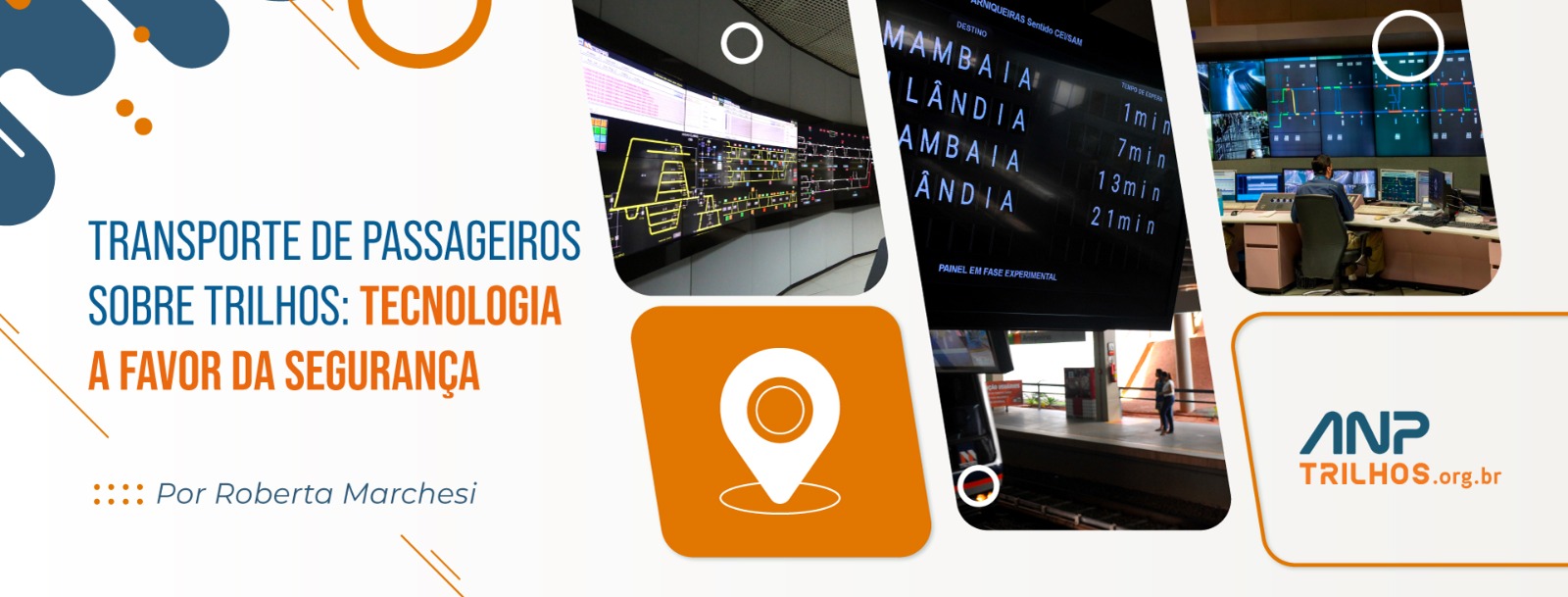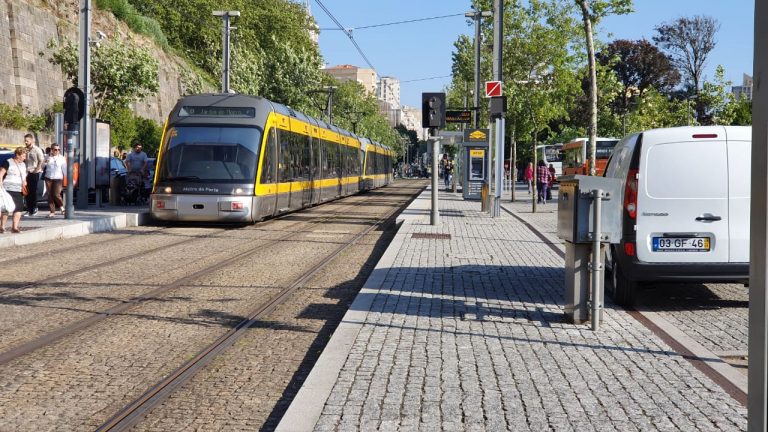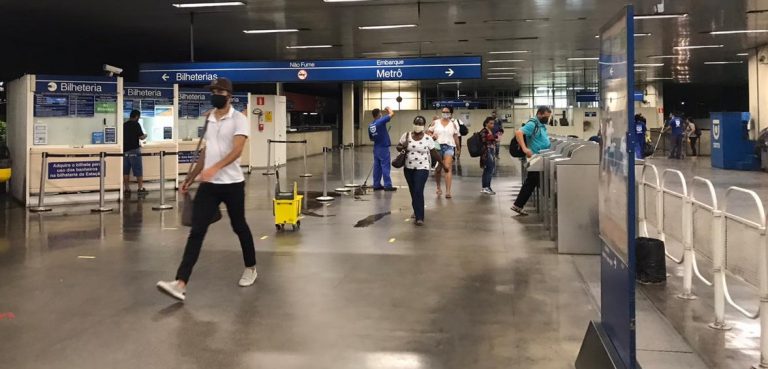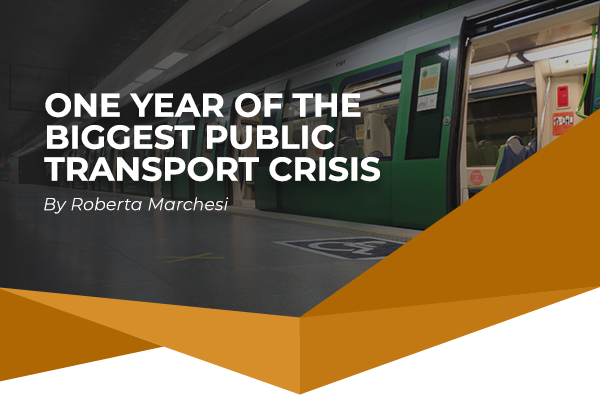By Roberta Marchesi*
The Brazilian rail passenger transport sector adopts strict safety and maintenance protocols, at the same levels as the main operators in the world. To give you an idea of the seriousness with which this topic is treated, last year alone, more than 10 million hours of work were dedicated to the maintenance of systems across the country. These protocols involve train circulation, operational control centers (OCCs), maintenance yards and stations.
In Brazil, passenger trains are equipped with advanced safety mechanisms that help to avoid collisions and derailments. They also have speed monitoring and alert programs that signal drivers of any potential danger ahead. The vehicles also have internal and external security cameras that help monitor passenger behavior and detect possible threats.
EVOLUTION. Passenger transport systems on rails are already born with several safety devices. They are divided into four fundamental aspects: railway signaling, communication systems, traction and communication with passengers. In the beginning, signaling was done via token, a resource that was intended to facilitate the safe movement of trains on the railways in a single lane; then came the zone systems that divided the roads into safety areas. Next, automatic protection sets were incorporated, the famous ATP (automatic train protector); and, finally, CBTC (communications-based train control) systems were adopted, which are very advanced from a technological point of view.
Regarding traction, the first urban subway system was in London, initiated in 1863, with steam traction, which had inconveniences such as sparks from combustion, in addition to storing and supplying water for the trains. By 1890, it had evolved into electric traction, and since then almost every major urban system has started using the technology.
For a long time, diesel traction prevailed, followed by direct current motors. Currently, practically all passenger transport systems on urban rails in the world use electric traction, with the tendency for all new ones to adopt alternating current motors, which are simpler, low maintenance and highly reliable.
INTERACTION. Passenger interference in the system is a point that demands a lot of attention. For example, if a user holds a train door closed, he practically starts to deregulate the entire system. Therefore, it is essential to bring the passenger as an ally during the provision of the service, which is done via visual and sound communication, fundamental to reinforce good practices, in addition to informing the protocols for emergency situations.
One of the biggest technological evolutions in the segment was the communication systems. In the beginning they were very simple and telegraph based; then came radio systems; and, today, they are very high technology systems that use 5G networks. Communication with passengers practically did not exist, it was carried out only by the operator’s employees. Currently, with digital technologies, information reaches users instantly, inside transport cars and at stations, with monitors sharing information in real time.
I also highlight the operational control centers (OCCs) that help to make the best possible decisions, many of which are even automatic.
The OCCs are responsible for monitoring and managing train circulation, the operation of stations, yards and passenger safety. They are equipped with real-time traffic monitoring and communication programs, allowing controllers to respond quickly in any emergency. These are some examples of the constant evolutions that have allowed the sector to quickly adapt to new technologies and be open to integration with new applications.
* Roberta Marchesi is Executive Director of the National Association of Passenger Rail Operators (ANPTrilhos)





